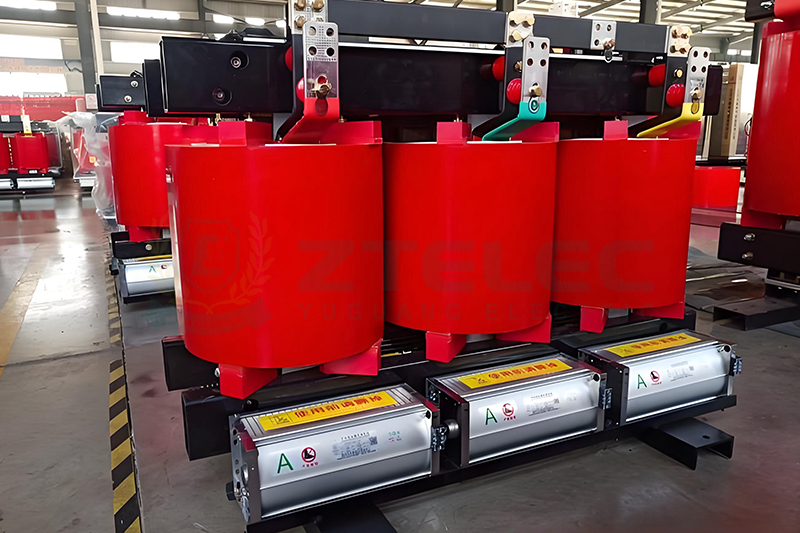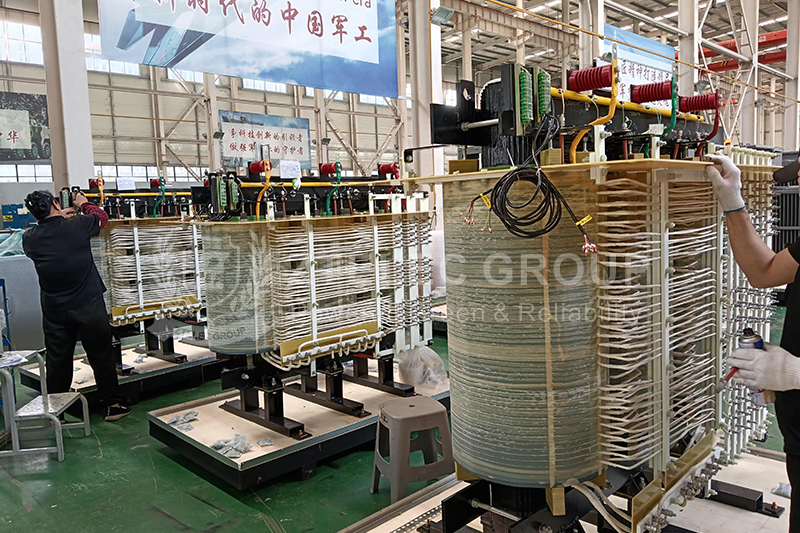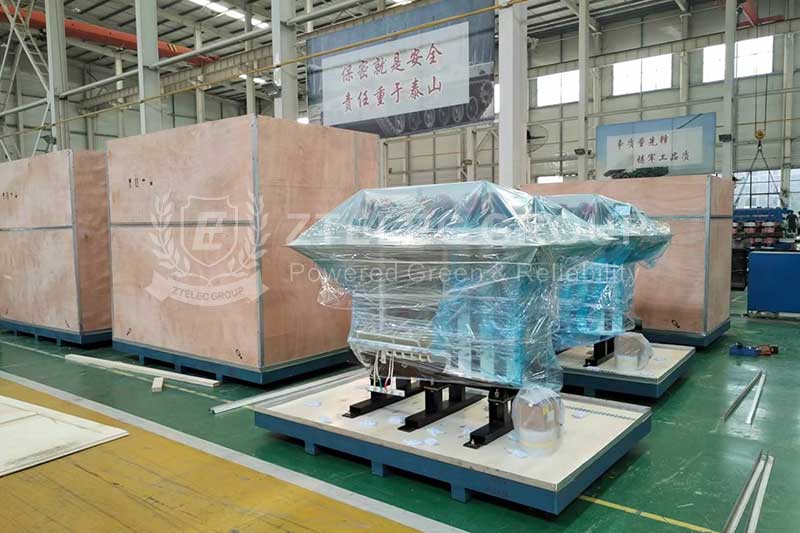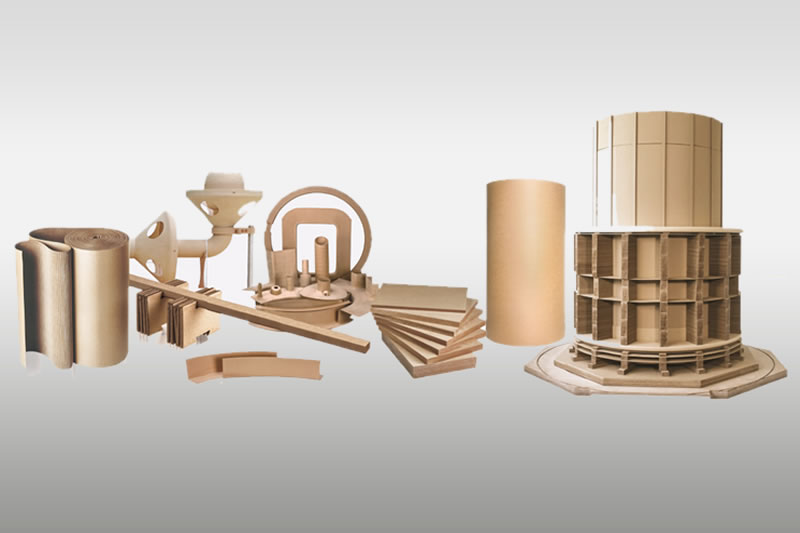Dry-Type Transformers for Low-Voltage Distribution Systems | Safe and Stable Power Solutions
In modern commercial, industrial, and infrastructure networks, a safe, efficient, and stable power distribution system is the foundation of all operations. As one of the core components of energy conversion and allocation, the selection of dry-type transformers for low-voltage distribution systems plays a decisive role in ensuring overall power quality and system reliability. This article explains why dry-type transformers are widely adopted as the preferred choice for safe and stable power delivery.
Dry-Type Transformers for Low-Voltage Distribution Systems
Traditional oil-immersed transformers face limitations in environments where fire safety and environmental protection are essential, such as data centers, hospitals, high-rise buildings, and commercial complexes. Risks of oil leakage, fire hazards, and contamination make them unsuitable for indoor or enclosed environments. In comparison, dry-type transformers—using epoxy resin casting or vacuum impregnation—completely eliminate oil use and offer significant safety benefits.
Fire and Explosion Safety: The oil-free design prevents risks caused by insulation degradation or external impact. Fully compliant with IEC 60076-11 fire protection standards, dry-type transformers can be installed in high-rise, underground, and enclosed areas with strict safety requirements.
Strong Environmental Adaptability: They feature moisture resistance, dust protection, and excellent corrosion tolerance. With a temperature operating range from -20°C to +45°C, dry-type transformers perform reliably in coastal regions, manufacturing plants, and demanding environments.
Low Noise Operation: Optimized core structures and advanced winding techniques reduce operating noise to below 50 dB, suitable for hospitals, schools, and other noise-sensitive locations.
Common Types of Dry-Type Transformers
SCB10 / SCB11 Epoxy Resin Cast Transformers SCBH15 Amorphous Alloy Dry-Type Transformers (High-Efficiency, Energy-Saving) Isolation Dry-Type Transformers and Control Transformers
Core Technologies of Dry-Type Transformers
The stability and performance of dry-type transformers come not only from advanced materials but also from integrated system technologies designed to ensure long-term reliability.
Intelligent Temperature Control System: Built-in temperature sensors and optional forced-air cooling units monitor winding temperature in real time and automatically regulate heat dissipation. This prevents overheating, slows insulation aging, and significantly extends equipment lifespan.
Overload Protection Mechanism: Intelligent breakers and overload alarms ensure rapid disconnection in case of abnormal current, preventing equipment burnout and avoiding cascading failures.
Modular Design: Transformers support parallel operation and capacity expansion. Users can adjust power capacity based on real load demand, minimizing the risk of power interruption due to sudden load increases.
Digital Operation & Maintenance Platform: IoT-connected dry-type transformers offer remote monitoring of voltage, current, temperature, and equipment status. Real-time fault warnings reduce downtime and enhance predictive maintenance.

Power Supply Solutions: Key Application Scenarios
A high-quality power distribution solution requires not only the right transformer but also proper system integration.
Integration with Intelligent Distribution Systems
Modern dry-type transformers can be equipped with temperature control units and communication interfaces to monitor winding temperature, load curves, and operational status. They integrate seamlessly with building automation systems (BAS) or IoT platforms, enabling intelligent management and preventive maintenance.
Application in Emergency Power Systems
In generator plus UPS configurations, dry-type transformers function as a stable conversion interface. They step down generator voltage to suitable low-voltage levels, ensuring fast response and uninterrupted power in emergency situations—critical for hospitals and data centers.
Integration with Renewable Energy Systems
In solar PV and wind generation systems, dry-type transformers are frequently used to boost inverter output voltage for grid connection. Their safe, stable operation enhances renewable energy utilization efficiency and supports sustainable power solutions.
As power distribution systems evolve toward digitalization and higher energy efficiency, choosing a durable, high-performance, and low-maintenance dry-type transformer has become a key factor for enterprises aiming to strengthen power safety and reduce operational costs. Whether for engineering projects, industrial upgrades, or energy-saving applications, dry-type transformers provide comprehensive advantages in safety, stability, and efficiency.
If you are looking for: Dry-type transformer solutions for engineering projects Industrial distribution system upgrade solutions Amorphous alloy dry-type energy-saving transformers Standardized transformers for export projects
Contact us today for professional model selection, technical specifications, and real-time quotations.
- more+releated article
- 2025-12-13How to Select and Use Phenolic Cloth-base Lami
- 2025-12-13How Much Does Bakelite Sheet Cost? 2025 Price
- 2025-12-13Why are most 3240 epoxy boards yellow?
- 2025-12-13What are the Main Applications of FR4 Epoxy Bo
- 2025-12-13Why Does the Price of Insulating Paperboard Va
- 2025-12-13Heat-Resistant DDP Insulation Paper
- 2025-12-13Comparison of Heat-Resistant DDP Insulating Pa
- 2025-12-13G10 and FR4 Epoxy Boards: Commonly Used for Ge
- 2025-12-13The Price of Heat-Resistant DDP Insulation Pap
- 2025-12-13How to Choose Epoxy Laminate Materials for Gen






